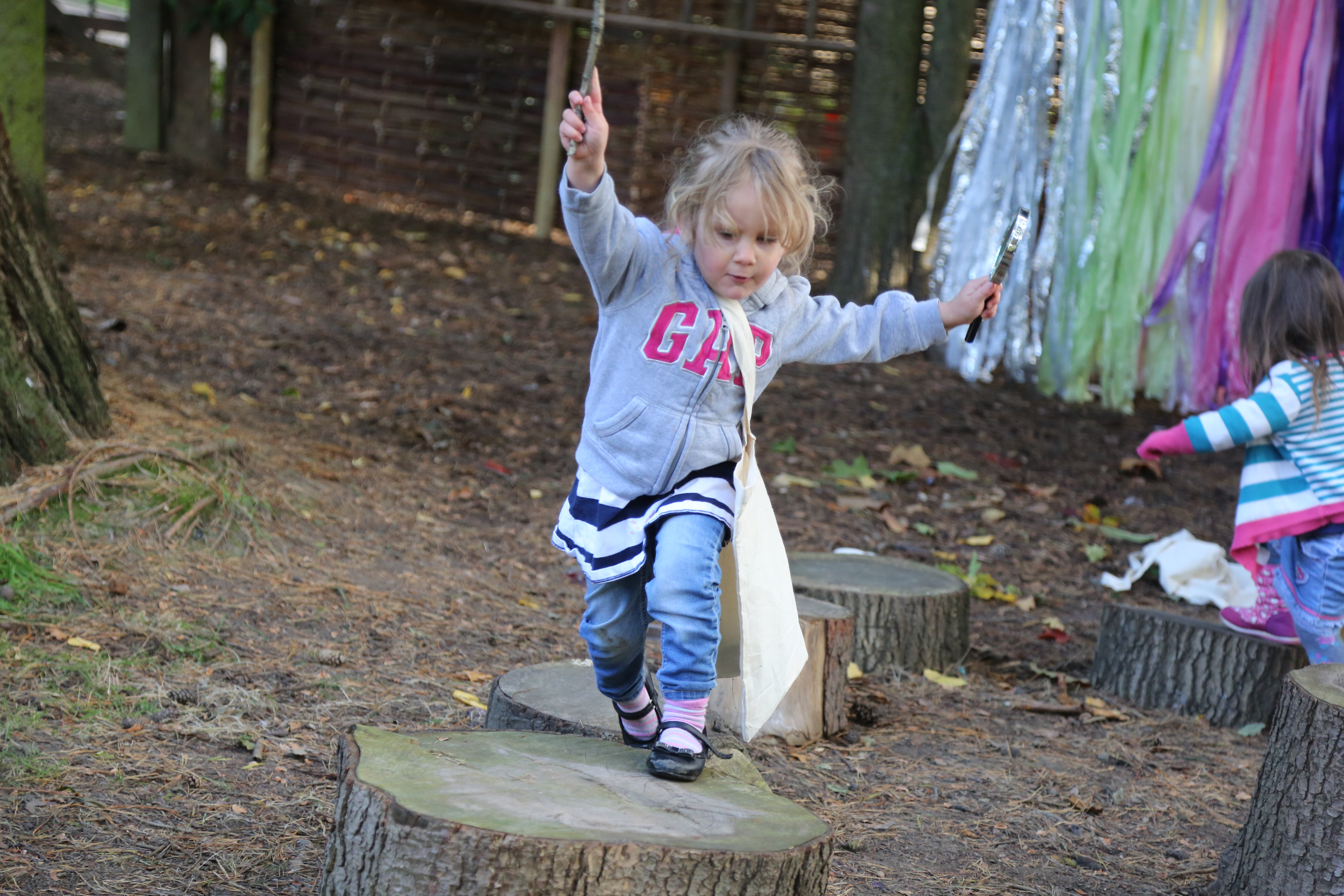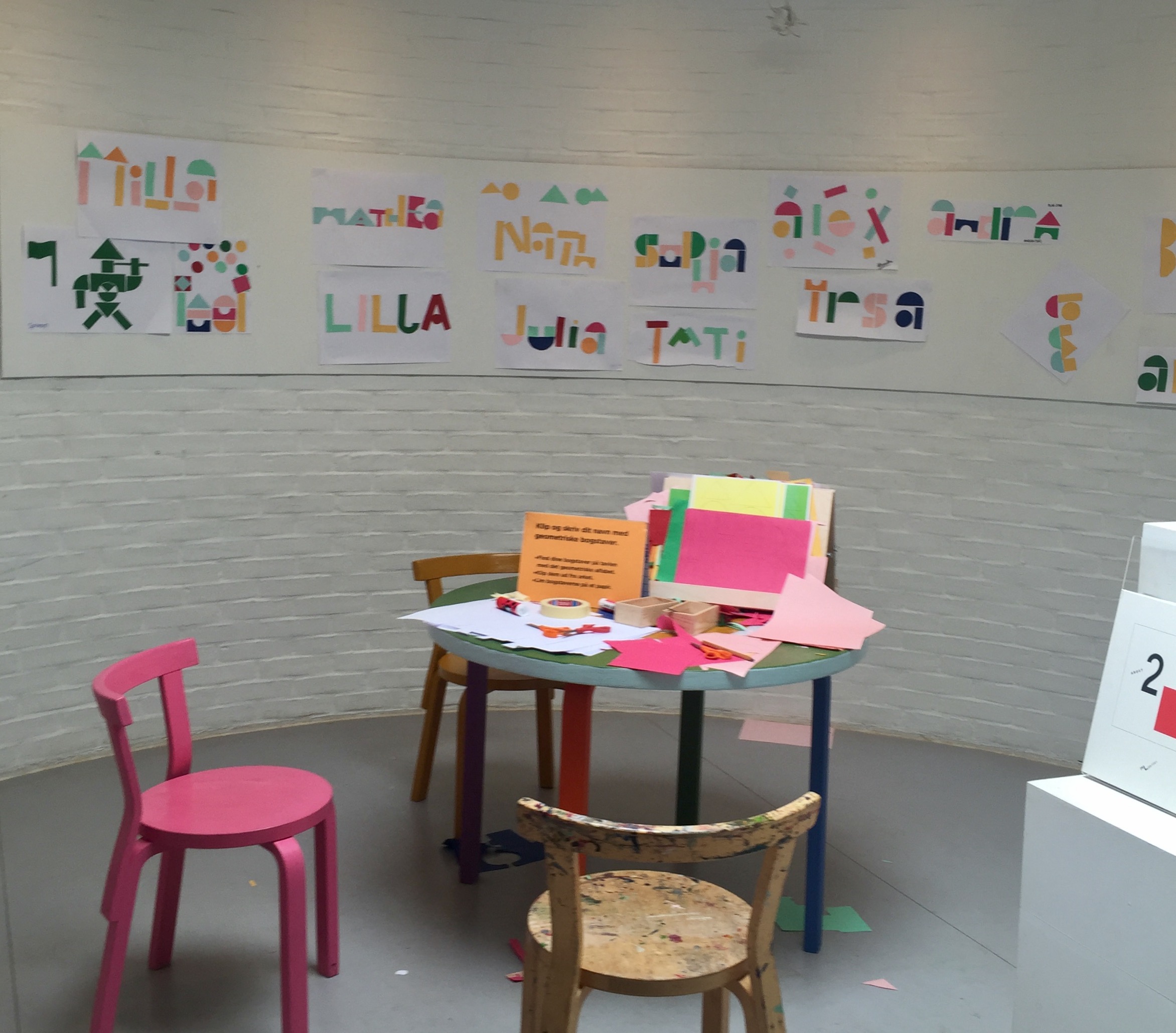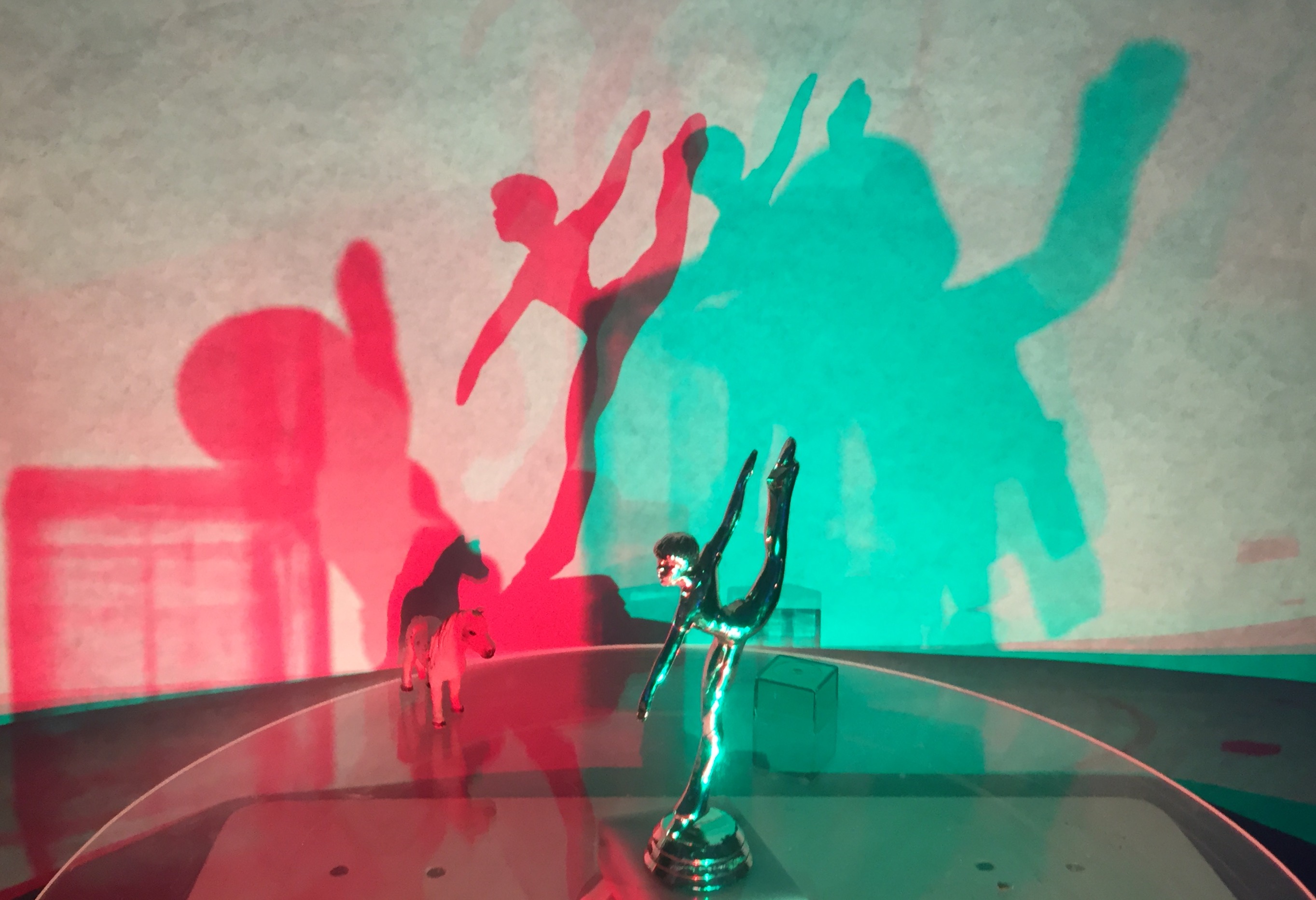This post features an interview with Emma Spencer, Family Learning Coordinator at the Yorkshire Sculpture Park (UK). The Yorkshire Sculpture Park sits upon 500 acres of jolly green parkland that an Australian who has never visited rural England may be pitifully excited to see. The open-air gallery won the 2014 Art Fund Prize for Museum of the Year and is also home to the National Arts Education Archive. In 2014 the Park was awarded a three- year grant from the Paul Hamlyn Foundation to conduct an action-research project looking at the development of its family-learning programme. I recently spoke with Emma Spencer about the project’s findings and future plans for early years learning at the gallery. Could you please give some background on the action research project? What were your initial ideas and motivations? Starting out, the key focus of the research was around bringing people from the community together with the Park.…
Learning with Serpentine – Interim Report
This is a repost from the Centre for Research in Arts, Creativity and Literacies (CRACL) blog. The original post was written by Pat Thomson, Professor of Education within the School of Education, University of Nottingham (UK). We have been conducting an evaluation of learning in the Serpentine’s World without Walls programme. We have just reported on our interim results from an examination of two projects. One was the first instalment of Changing Play, a project conducted in partnership with the Portman Children’s Centre. Anton Franks did this first set of research. His investigation of the work that artist Albert Potrony did suggests the following benefits for children: awareness and understanding of a range of materials and objects, manipulative skills in handling large and small materials and objects, and ability to conceptualise them in form and use imaginative development in the interaction with materials, objects and other children, allowing experimentation in applying and combining of materials. linguistic development in the use of words, utterances and in the…
The Children’s Wing at the Louisiana Museum of Modern Art, Denmark
This post shares my thoughts on the children’s wing at the Louisiana Museum of Modern Art in Denmark. Last month I visited another, the awesome Children’s Wing at the Louisiana Museum of Modern Art in Humlebæk, Denmark. I had heard numerous colleagues talk about the space and was excited to finally have the opportunity to go myself. The Children’s Wing opened in 1994 and is made up of a three-story space purpose-built space especially for children. Whilst I was there I met with one of the artist-educators working on the programme who discussed the team’s approach. The aim of the activities is to encourage children to explore the notion that ‘small-scale experimentation with materials and ideas are the foundations of artworks displayed throughout the gallery.’ Underscoring this premise is an understanding that through encouraging children’s exploration of materials and artistic processes, they will gain a sense of curiosity around the art featured in the gallery spaces. The Wing consists…
The Tinkering Studio at the Exploratorium in San Francisco, USA.
This post features a reflection on my visit to the Tinkering Studio at The Exploratorium in San Francisco, USA with a focus upon what art galleries can learn from the Studio’s approach to constructing immersive creative environments for children based on experiential learning and play. In August 2015 I participated in a ScratchJr/Light Play prototyping session between the MIT Media Lab’s Lifelong Kindergarten group and the Tinkering Studio team at The Exploratorium. The Tinkering Studio, which opened in 2008, is a research and design laboratory housed inside the Exploratorium, a museum devoted to the intersection of art, science and technology. The Studio is an “immersive, active, creative place” [2] for experimentation, investigation, making and hands-on play for all ages. Scientists, artists, programmers and academics frequently take up residence in the studio, working alongside the Tinkering Studio team to create new installations, run programmes and run public forums. I have closely followed the progression of the Tinkering Studio’s programme for…





